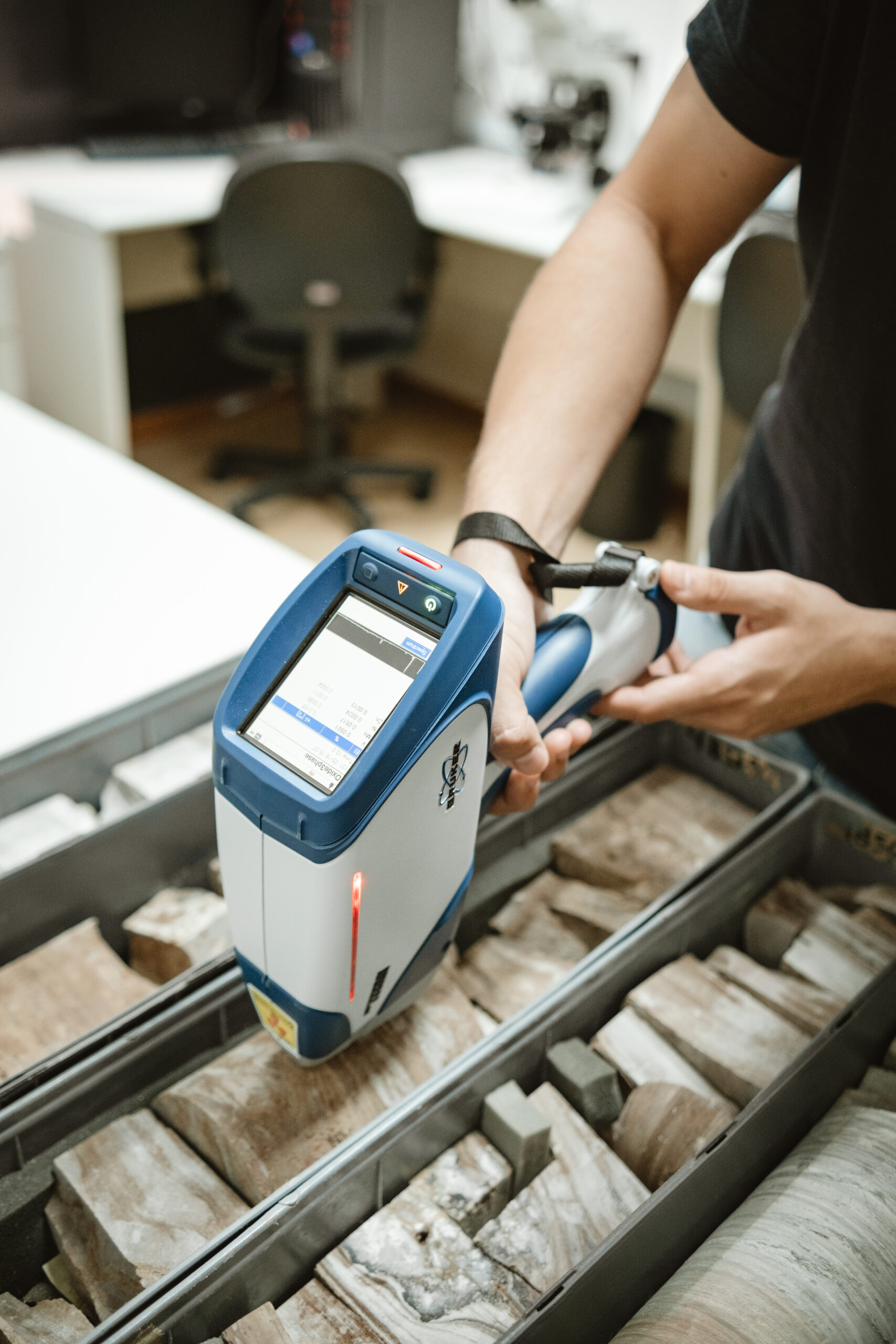Geological Characterization and Modeling of Carbonate Reservoird from the Brazilian Pre-salt

Geological characterization is a fundamental activity for reservoir modeling. Through it, it is possible to statistically determine the distribution of the main geological variables in the subsurface and thus determine possible scenarios for the exploration and production of oil reserves. During this process, various tools and methodologies are combined to extract the maximum amount of information about the reservoirs, including the use of seismic data, geophysical profiles from wells, rock samples (core or sidewall samples), as well as the use of analogous geological environments to assist in the study and understanding of how rocks are distributed.
In the context of the Brazilian pre-salt reservoirs, the challenge is even greater because they are deposits of carbonate rocks that do not have a defined analogue and, in addition to not having outcrops, are found at high depths (about 5km below the ocean floor), restricting their study through geophysical techniques combined with rock sampling from drilling. In order to improve the means of geological characterization of pre-salt reservoirs, the research line " Integrated Pre-Salt Reservoir Characterization and Modeling" was developed, whose main objective is to generate geological models that include the main heterogeneities of this system and how to represent them with quality, including uncertainty analysis. Thus, this research line was divided into four subprojects (SP):

SP1: Conceptual Geology and Petrophysical Properties Integration
This research topic focuses on porosity modeling, capturing its heterogeneity and including uncertainties, a crucial factor for the correct simulation of reservoir flow. Thus, this subproject aims to address the problem of the lack of correlation between depositional facies, characterization of diagenetic phases, and distribution of petrophysical properties.
Contact: Alexandre Campane Vidal (vidal@unicamp.br), Guilherme Furlan Chinelatto (guifc@unicamp.br), Mateus Basso (mbasso@unicamp.br).
SP2: Properties From Seismic into 3D Geomodels
This subproject faces the challenge of working with the complex stratigraphy of pre-salt reservoirs, as well as the sub-seismic resolution of some geological features, such as fractures, dissolution zones, and caves. All these geological features can contribute to the generation of zones of excess permeability, so it is important to understand their distribution patterns to generate representative geological models.
Contact: Alexandre Campane Vidal (vidal@unicamp.br), Guilherme Furlan Chinelatto (guifc@unicamp.br), Mateus Basso (mbasso@unicamp.br), Emilson Pereira Leite (emilson@unicamp.br).
SP3: Digital Rock Analysis
SP3 proposes to integrate workflows for classification, segmentation, and quantification of pore types in a multiscale analysis (micro to macro), using machine learning methods to improve scale transfer in different porous systems.
Contact: Alexandre Campane Vidal (vidal@unicamp.br), Guilherme Furlan Chinelatto (guifc@unicamp.br), Mateus Basso (mbasso@unicamp.br), Hélio Pedrini (pedrini@unicamp.br).
SP4: Geological Modeling and Uncertainty Analysis
SP4 will integrate conceptual geological models and numerical geological models, combining the results of all other subprojects to produce a more reliable distribution of rock properties (porosity, permeability, fractures, complex pore systems, excess k, etc.), incorporating geological uncertainty and conducting various scenarios.
Contact: Alexandre Campane Vidal (vidal@unicamp.br), Guilherme Furlan Chinelatto (guifc@unicamp.br), Mateus Basso (mbasso@unicamp.br).



